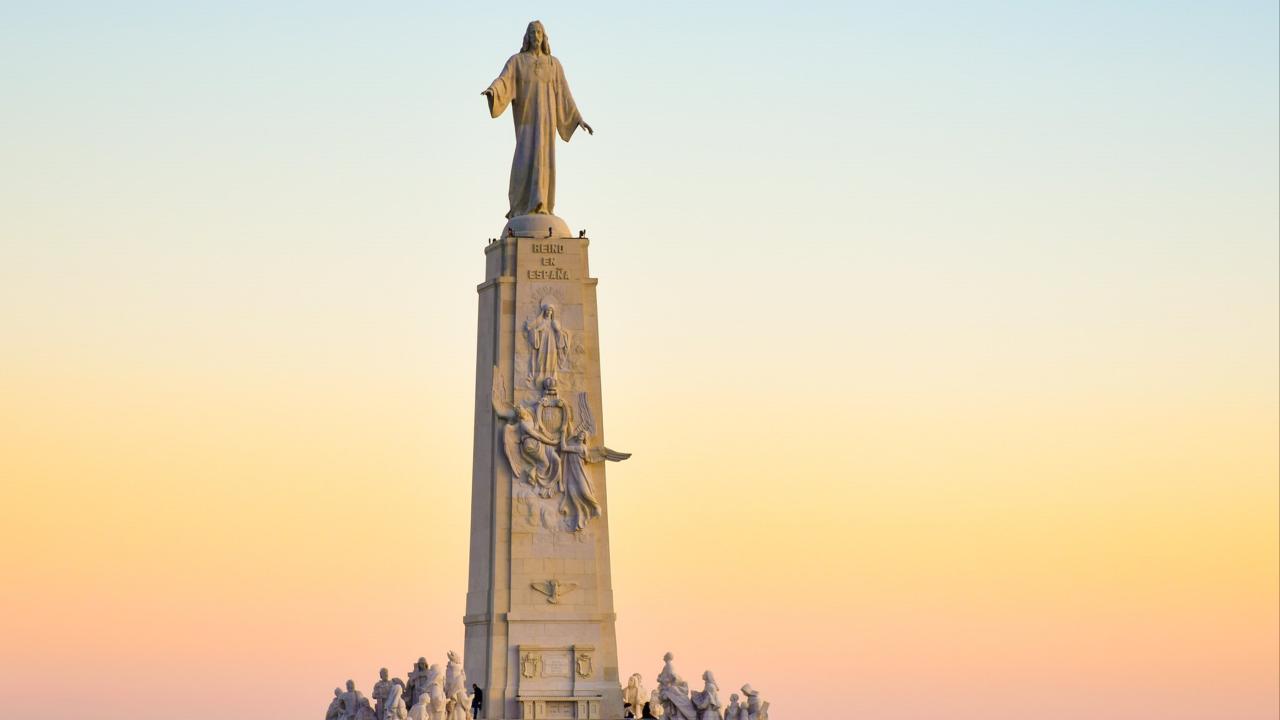A melting pot of history and modernity, where archaeological and architectural heritage blends with nature on the banks of the Manzanares River, offering a unique leisure and cultural experience.
Getafe
Getafe is located 18 km south of Madrid, in the Manzanares River basin. This city, with over 185,000 inhabitants (as of 2023), has witnessed the evolution of humanity from the Lower Paleolithic to the present day.
The first inhabitants of Getafe left their mark in the form of stone tools, pottery, and bracelets, found on a terrace along the Manzanares River. With the arrival of the Romans, the town of La Torrecilla was built, and the Visigoths left their legacy in a nearby necropolis.
After Muslim rule, Alfonso VI reconquered the area in the 11th century.
In 1326, various population centers united to form Getafe, and the first hermitage of La Magdalena was built.
In the 16th century, construction began on the Church of Nuestra Señora de la Magdalena, and the Hospitalillo de San José was founded to serve the needy.
One of Getafe's most iconic landmarks is the Cerro de los Ángeles, traditionally considered the geographical center of the Iberian Peninsula. At its summit is the Sanctuary, with the Hermitage of Our Lady of the Angels, the basilica, and the monument to the Sacred Heart of Jesus.
The Cathedral of La Magdalena, with its blend of Renaissance, Baroque, and Mudejar styles, is another of the city's architectural treasures. Its construction lasted more than two centuries and is considered a masterpiece of religious art in the Community of Madrid.
The Hospitalillo de San José, founded in the 16th century, is a testament to the solidarity and charity of the people of Getafe. Next to it is the Baroque church of the Colegio La Inmaculada-Padres Escolapios (Piarist Fathers).
In the old town of Perales del Río, we find what remains of the Baroque church of Santos Justo y Pastor, which served as the burial place for the Marquises of Perales.
Among Getafe's natural spaces, the Cerro de los Ángeles stands out as the closest recreational area to the city center, populated by pine forests. However, without a doubt, Getafe's most important natural environment is the banks of the Manzanares River, part of the Southeast Regional Park and a special protection area for birds. Here, you can enjoy nature, hike, cycle, and observe birdlife.
The Manzanares River, with its landscapes of riparian forests, meadows, and gypsum cliffs, has been a backbone for the civilizations that settled along its banks, as evidenced by the Roman villas, Visigothic necropolises, and sites from different eras. Among the vestiges of the past are the remains of the ambitious Manzanares Royal Canal project, conceived by Philip II to connect Madrid with Lisbon. Today, we can still see two locks from this great engineering feat in Perales del Río.
In the area of leisure and shopping in Getafe, the most notable are Nassica and Getafe The Style Outlets.

Photo: Cathedral of Saint Mary Magdalene

Photo: Monument to the Sacred Heart of Jesus on the Hill of the Angels © Marcoski

Photo: Interior of the Getafe Cathedral

Photo: Hermitage of Our Lady of the Angels

Photo: Immaculate Conception School - Piarist Fathers
Map and public transport
- Map of Getafe
A new window will open





